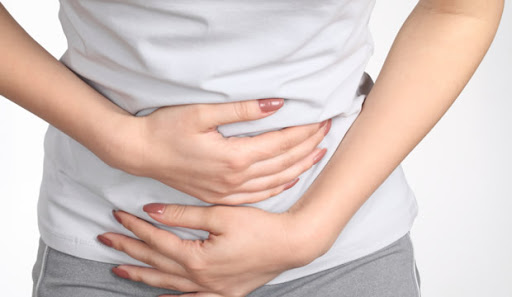
Small bowel resection syndrome occurs after surgical removal of part of the small intestine or, in some rare cases, is congenital; like microvillous inclusion. Short bowel syndrome can be defined as a decrease in the length or function of the bowel after resection (removal of part of the small intestine). Loss of 70 to75% of the small intestine usually leads to short bowel syndrome, which is defined as a 100 to 120cm resection of the small intestine without a colon or a 50 cm resection of the small intestine with the colon.
The most common causes of large bowel resection
-
Colon disease
-
Radiation-induced enteritis
-
Mesenteric infarction
-
Malignant disease
Types of small bowel resection
Depending on where the resection occurs, the small bowel resection is divided into several parts:
-
Duodenal resection (duodenum)
Duodenal resection is rare, so this part of the small intestine is the preferred and very suitable place to absorb key nutrients such as iron, zinc, copper, and folate.
-
Jejunum resection
The jejunum is responsible for absorbing a large number of nutrients. Naturally, most of the processes of digestion and absorption of nutrients occur in the first 100 cm of the small intestine, which includes the duodenum. Because jejunal resections reduce the level of absorption and increase intestinal transit, the functional capacity to absorb micronutrients and the excess amount of sugars (especially lactose) and lipids is reducted.
-
Ileum resection
Extensive resections of the distal ileum lead to important nutritional and medical consequences. The distal ileum is the only site for the uptake of bile salts and the complex of vitamin B12-internal factor. This process leads to the absorption of fats and fat-soluble vitamin A, K, D, E. Also, fat absorption leads to their combination with calcium, magnesium, and the formation of soaps consisting of fatty acids and minerals and increases the absorption of fatty acids.
In ileum resections, dehydration and concentration of urine are common, which increases the risk of stone formation.
-
Colon resections
If part of the colon is removed, unabsorbed bile salts can act as a mucosal stimulant, increasing colonic motility and loss of fluids and electrolytes. High-fiber foods lead to the formation of hydroxyl fatty acids and increase fluid loss in people who undergo ileum resection and remain in the colon.
Nutrition and medical treatment regimen in small bowel resection:
To maintain and maintain nutritional status initially, most patients undergoing extensive bowel resection need parenteral nutrition.
The duration of parental nutrition and subsequent nutritional therapy also depends on the extent of intestinal resection, the patient’s health status, and the residual state of the gastrointestinal tract.
After surgery, the diet is mostly made up of soft foods that are easy to digest to prevent intestinal irritation. These soft foods include yogurt, cheese, soup, rice, pasta, eggs, meat slices, peanut butter, cooked vegetables, soft fruits, ice cream, gelatin, and pudding.
-
Avoid high-fiber foods including whole wheat and barley
-
Avoid foods that increase bloating and gas, such as beans, broccoli, cabbage, peas, cauliflower
-
Small, frequent meals are probably better tolerated than bulky meals.
-
As a result of malnutrition and gastrointestinal disease, the capacity of the digestive and absorption function of the remaining part of the intestine may be impaired, and malnutrition alone may delay postoperative adaptation.
-
Maximum gastrointestinal adaptation may occur approximately 1 to 2 years after surgery, but the functional side of the intestine does not return to normal.
-
It is essential for fat, calcium, magnesium, and zinc-soluble vitamins due to waste. Adjustment of dietary fat is necessary, especially in patients whose colon is left.




